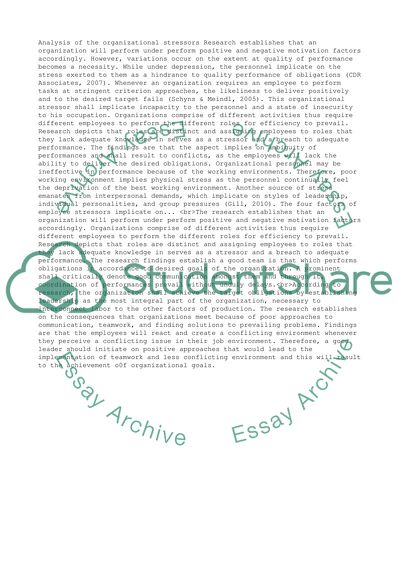Cite this document
(“Leadership, Teambuilding, and Communication Term Paper”, n.d.)
Leadership, Teambuilding, and Communication Term Paper. Retrieved from https://studentshare.org/business/1462348-leadership-teambuilding-and-communication
Leadership, Teambuilding, and Communication Term Paper. Retrieved from https://studentshare.org/business/1462348-leadership-teambuilding-and-communication
(Leadership, Teambuilding, and Communication Term Paper)
Leadership, Teambuilding, and Communication Term Paper. https://studentshare.org/business/1462348-leadership-teambuilding-and-communication.
Leadership, Teambuilding, and Communication Term Paper. https://studentshare.org/business/1462348-leadership-teambuilding-and-communication.
“Leadership, Teambuilding, and Communication Term Paper”, n.d. https://studentshare.org/business/1462348-leadership-teambuilding-and-communication.


